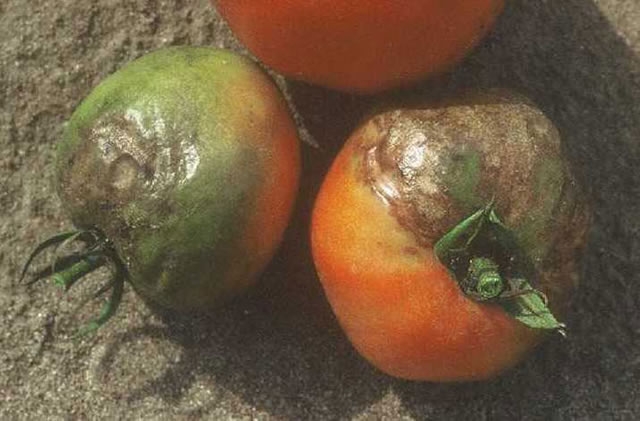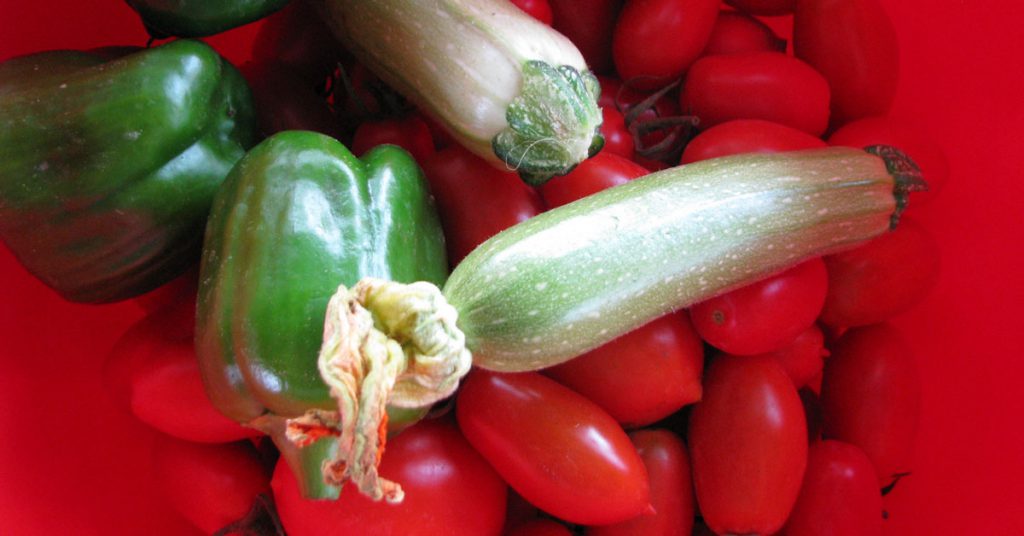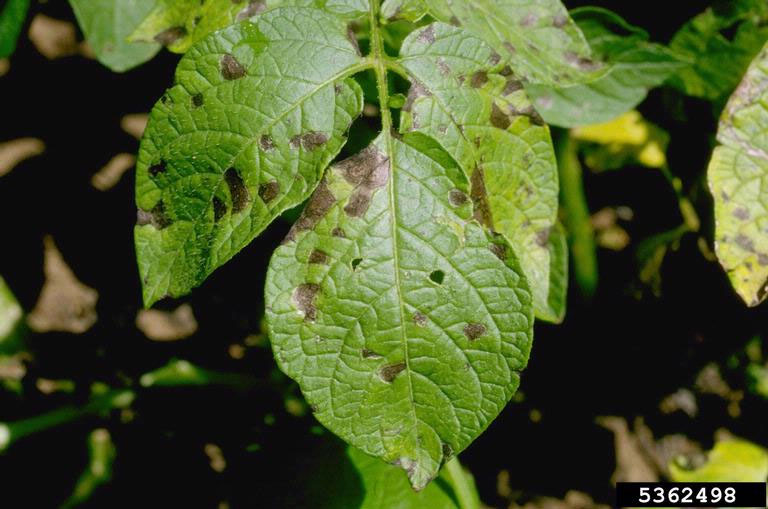Tomato late blight attacks the tomato fruits and green parts of tomatoes.
Scientific name: Phytophthora infestans
Other name: Late blight
Greek name: Περονόσπορος της Ντομάτας
Symptoms of tomato late blight
Tomato late blight attacks the tomato fruits and green parts of tomatoes. The infestation starts on the lower leaves, where yellowish irregularly shaped spots (“oil spots”) appear. These areas then turn brown and dry out. In wet conditions, the white fluff (dehiscence) of the fungus can be seen on the lower surface of the leaves. On stems and shoots, the tissue necrosis take on an elongated shape.
Tomato fruits are initially affected in the area of the peduncle.
The infection may then spread to the entire fruit.
Pathogen – Growth conditions
Tomato late blight is caused by the fungus Phytophthora infestans. It requires moist and cool weather (17-20 degrees Celsius) for its growth. Under such favorable conditions the disease can spread very quickly, destroying the tomato plants.
Treatment
To control tomato late blight a program of preventive measures is required, especially in areas with favorable conditions for their development (e.g. western Greece).
Protection of young vegetation is important to prevent the disease from establishing in the field. Good spraying and protection of young growing vegetation is also of particular importance, especially when contact sprays are used.
It is recommended to follow the instructions in the Agricultural Warnings as to expected infestation, weather conditions and timing of intervention. In critical periods for the spread of the disease (e.g. in rainy weather conditions with temperatures of 20-25 degrees Celsius) it is recommended to give preference to mixtures with intersystemic products.
Source
www.bayercropscience.gr
Phytophthora infestans
Tags: PLANT DISEASE • TOMATO • TOMATOES



